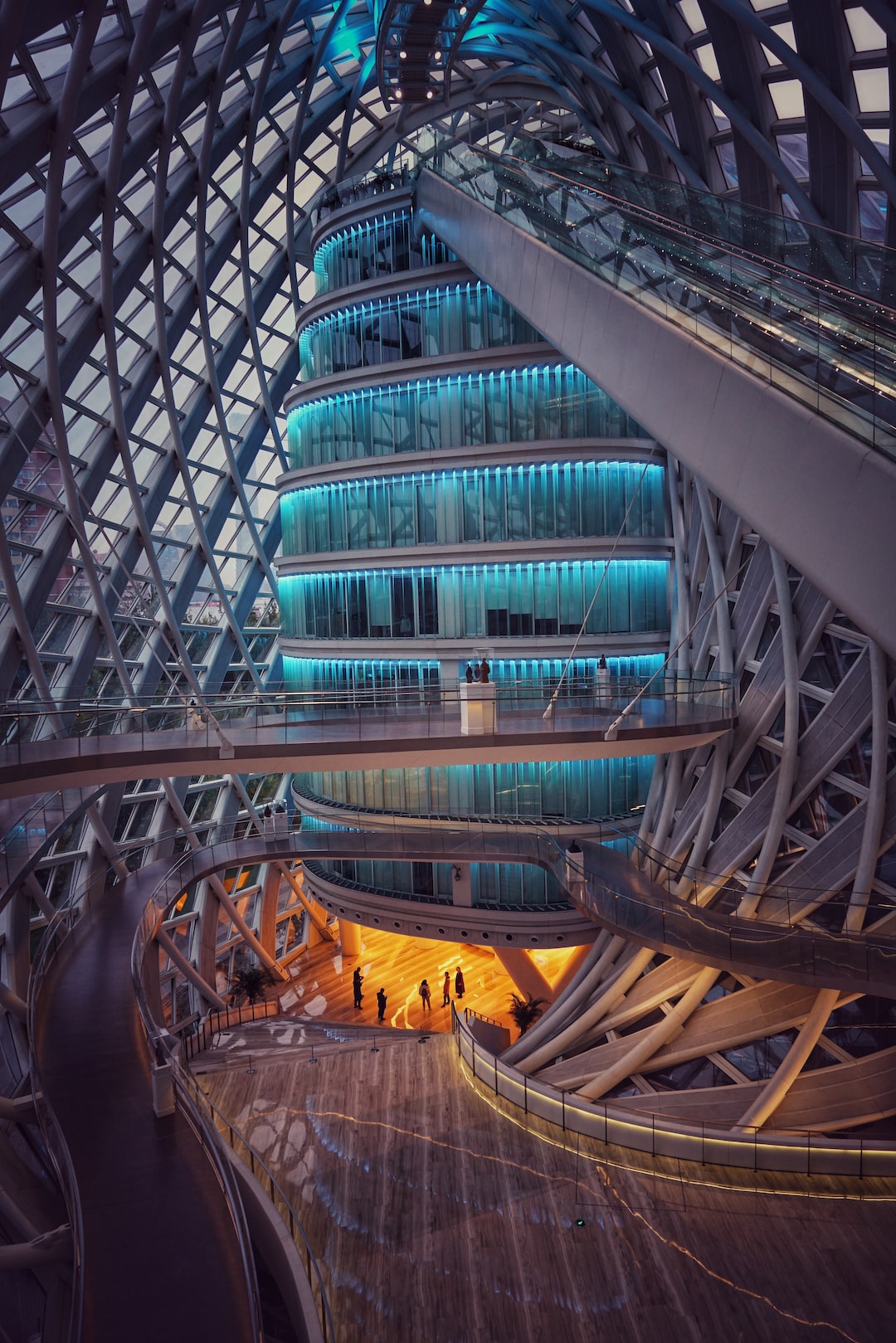Exploring the World of Virtual Reality in Media
Virtual reality (VR) has emerged as one of the most exciting technological advancements in recent years. By creating a simulated environment, VR allows individuals to immerse themselves in a different world, free from the restrictions of physical space. The rise of VR has paved the way for new possibilities in various fields, revolutionizing the media landscape.
One of the key areas where virtual reality has made a significant impact is gaming. Traditionally, gamers would interact with a screen, but with VR, they can step inside the game itself. By wearing a VR headset and using motion controllers, players can physically move and interact with objects in a virtual environment. This heightened level of immersion enhances the gaming experience, making it more engaging and lifelike. Imagine being able to dodge bullets in a first-person shooter game or explore a mystical world in a fantasy adventure. Virtual reality in gaming has the potential to transport players to unimaginable realms and revolutionize the way we play.
Aside from gaming, VR has also transformed the way we consume media. In the past, watching a movie or experiencing a concert would require physically being present at the venue. However, with VR technology, individuals can now be transported to these events without leaving their homes. Virtual reality headsets such as Oculus Rift or HTC Vive enable users to watch movies or live performances as if they were sitting in a theater or concert hall. This not only provides convenience but also opens up access to a wide range of events globally, regardless of geographic location. VR brings people together, breaking down barriers and enabling shared experiences on a whole new level.
Moreover, virtual reality has also found its way into journalism and documentary filmmaking. Through VR, journalists can take viewers to locations they may never have the chance to visit, immersing them in stories in a way that traditional media cannot. For example, imagine being able to witness the aftermath of a natural disaster or explore the daily lives of people in a war-torn region. VR documentaries allow viewers to empathize and understand the gravity of these situations, creating a deeper impact compared to traditional storytelling methods. Journalists are now able to transport their audience into the heart of the story, giving them a more profound and personal connection to the subject matter.
Furthermore, virtual reality has been applied in the field of education, revolutionizing the way we learn. With the advancement of VR technology, students can now go on virtual field trips to historical landmarks or dive into the depths of the ocean to study marine life. By creating immersive educational experiences, students are more engaged and are able to retain information better. VR also allows for hands-on learning in a safe and controlled environment, giving students the opportunity to practice and experiment without any real-world consequences. This integration of VR in education has the potential to transform traditional classroom settings, making learning more exciting and effective.
In the realm of advertising and marketing, virtual reality has also made a significant impact. VR offers a new way for brands to engage with consumers, transcending traditional means of marketing. Companies can now create virtual showrooms or 360-degree experiences that allow potential customers to interact with their products virtually. Imagine being able to try on clothes or test drive a car from the comfort of your own home. Virtual reality provides a unique platform for brands to showcase their offerings, giving consumers a taste of what they can expect. This immersive marketing approach creates a lasting impression, making brands stand out amidst the cluttered advertising landscape.
In conclusion, virtual reality has opened up an exciting new world of possibilities in the media industry. From gaming to journalism, education to marketing, VR has transformed the way we consume and engage with media. With ongoing advancements in technology, we can only expect the VR experience to become more immersive and accessible to a wider audience. Virtual reality is undoubtedly reshaping the media landscape and offering limitless opportunities for creativity and innovation. So, put on your virtual reality headset and dive into the thrilling world that awaits you!

